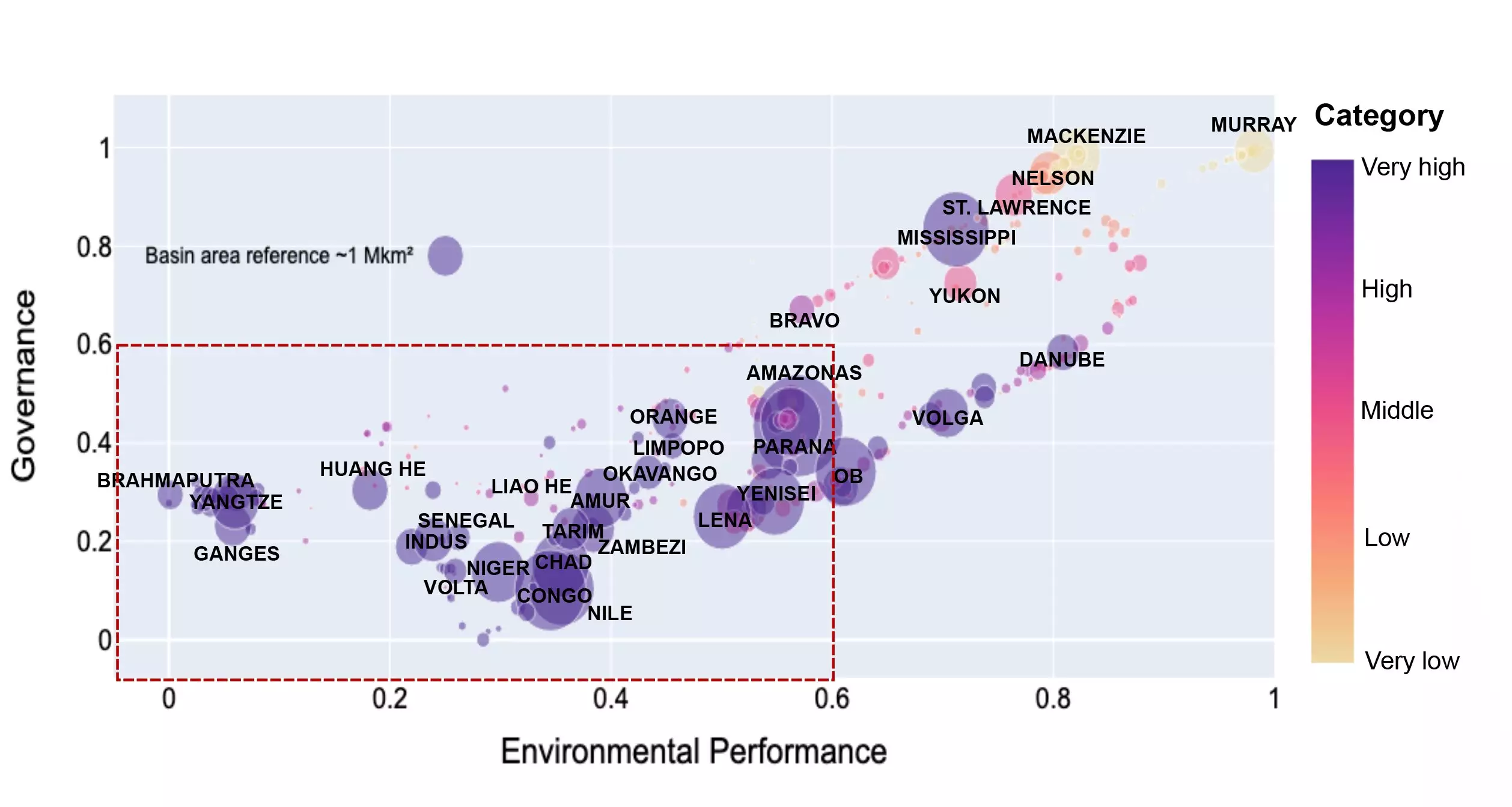The global challenge of securing water resources has intensified, becoming a critical issue that demands innovative solutions. Traditionally, water security assessments have focused on the immediate downstream effects of water bodies, neglecting the broader environmental and governance conditions influencing the origin of moisture responsible for precipitation. Recent research from Stockholm University proposes a paradigm shift by highlighting the significance of what it terms the “upwind moisture supply” in understanding water scarcity risk.
The established perspective on water supply often visualizes the journey of moisture solely from its source—rain falling and being collected in lakes, rivers, and aquifers. This methodology has served as a foundation for assessing global water supply risks but inherently possesses flaws. By concentrating on the downstream implications, it simplifies the complex hydro-meteorological dynamics that contribute to precipitation. However, this approach falls short of addressing the intricate web of dependencies that exist between different geographical regions, which dictate the availability of water resources.
A significant revelation from the research is that the true origins of water supply often lie well above the surface where rain is harvested. It’s not just the rainfall that matters, but the entire atmospheric migration of evaporated moisture from distant land or oceanic sources. Associate Professor Fernando Jaramillo points out that understanding the “precipitationshed” is crucial, as it encompasses areas from where moisture travels before turning into rain. This suggests that water security assessments must extend beyond immediate geographic confines and consider broader climatic and environmental contexts.
The study conducted by a collaborative team at Stockholm University analyzed 379 hydrological basins worldwide, revealing alarming results about global water security risks. When accounting for the upwind conditions—such as the quality of governance and the environmental performance of regions from which moisture is sourced—the researchers found that the volume of water facing “very high risk” escalated significantly. The findings indicated a near 50% increase in water requirement risks when compared to traditional assessments that focused primarily on downstream conditions.
This shift in perspective has profound implications. For regions reliant on upwind vegetation for moisture generation, such as tropical forests, any changes in land use—from deforestation to agricultural expansion—can alter local climatic conditions, leading to decreased moisture availability. Consequently, regions located downwind can suffer from diminished rainfall, elevating their vulnerability to water scarcity.
The interconnectedness of water resources means that environmental management in one nation can drastically affect others. The study emphasizes this complexity by discussing the relationship between the Congo River basin and its surrounding areas, where a heavy dependence on moisture from countries with poor environmental governance raises concerns for downstream water security. Such interdependencies highlight the urgent need for collaborative water management strategies that factor in the governance and ecological practices of neighboring regions.
The findings suggest a pivotal shift towards recognizing transboundary cooperation in water governance. Lan Wang-Erlandsson, a co-author of the study, underscores that water security cannot be viewed in isolation but rather as part of a larger framework where countries must jointly address the management of water resources. Policies and regulations should extend beyond national borders to ensure that the upstream environmental conditions are prioritized and safeguarded to ensure downstream water quality and availability.
As global water scarcity risks escalate, it is pivotal to reassess current methodologies and embrace a more integrated view of water security. By contextualizing water management within the broader frameworks of environmental governance and the interdependence of water systems, stakeholders can develop more effective strategies to combat water-related tensions.
This research serves as a clarion call for international collaboration, urging countries to support initiatives that enhance the management of upwind moisture sources. Only through unified efforts and comprehensive understanding can the global community hope to secure its water future and mitigate the pervasive risks of scarcity. The challenge is not merely local but deeply intertwined with global environmental performance, necessitating a holistic response that acknowledges the interconnected nature of our water supplies.


Leave a Reply